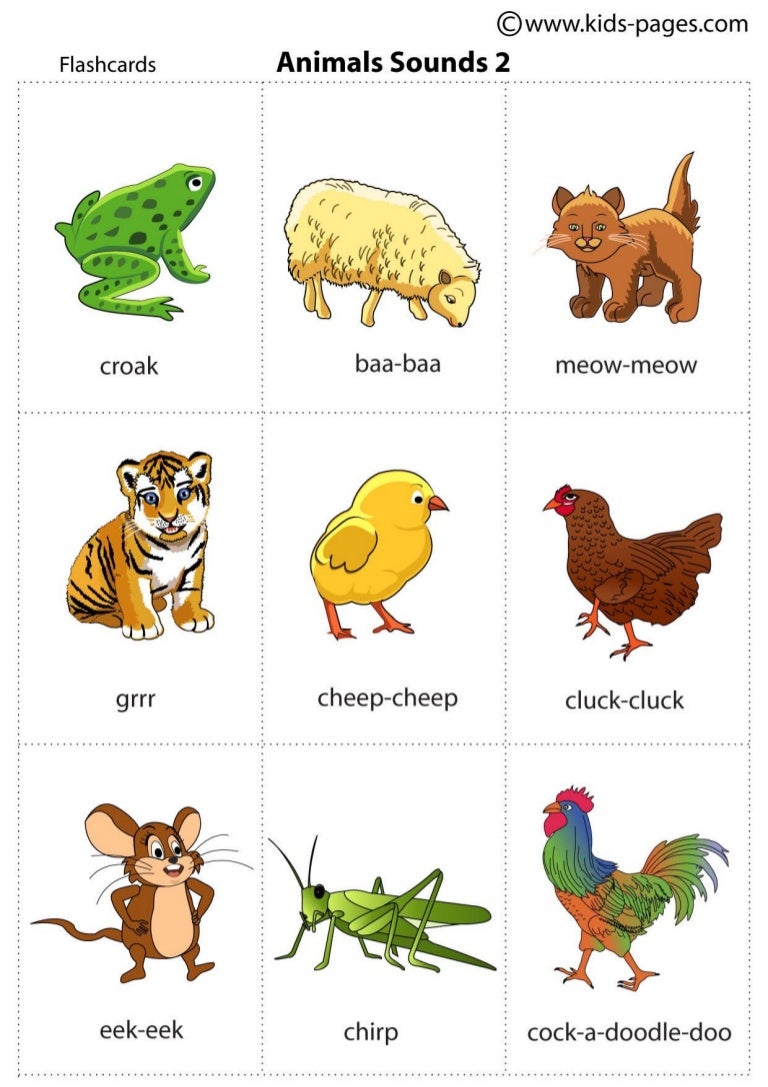Different Types Of Animals And Their Sounds. “look at that cute baby cat!” is not something you hear very often. We all know that cats meow, dogs bark, and birds sing, but there are a variety of ways animals use sound to communicate crucial details about their environment and feelings on a daily basis.

“look at that cute baby cat!” is not something you hear very often. Animals—complex, multicellular organisms equipped with nervous systems and the ability to pursue or capture their food—can be divided into six broad categories. Types of movement of living things 1.
Some Animals Like Fish And A Frog Do Not Need To Take Care Of Their Young Ones.
They live and work together for the good of. It will be such a nice surprise for your kids once they hear the roaring lion or growling tiger sound on your phone. Seagulls are identified by their squawking noises, webbed feet, long yellow bills, and mobbing behavior.
Their Primary Food Is Tree Sap, Pollen, Insects, And Flower Nectar.
Bear lives in a den. In preparation for this lesson, search the internet for pictures of animal sensory receptors ahead of time to provide additional examples for students. They “ gobble “, and gore’s gobbling soon turns into “garble”.
Types Of Movement Of Living Things 1.
Fish and other sea animals feel sounds as the waves travel through the water. Bee lives in a hive. Birds are some of the most recognizable animals, and you probably see different types of birds every day.
The Cub Of Each Animal Is Named In Different Ways.
For people with hearing impairments, these types of service animals assist by alerting their human to noises such as alarms, doorbells, or crying babies. Animals that crawl snakes, snails, worms, millipedes, spiders, l… Sound is caused by air vibrations.
Sensory Receptor Cells Include (But Are Not Limited To!) Mechanoreceptors :
After some period of time babies come out of the eggs. In addition to this unique ability, this animal has a highly developed sensor that can locate its prey (i.e., small invertebrates) through electroreception.using their bill filled with sensors, the platypus can accurately detect the. “look at that cute baby cat!” is not something you hear very often.